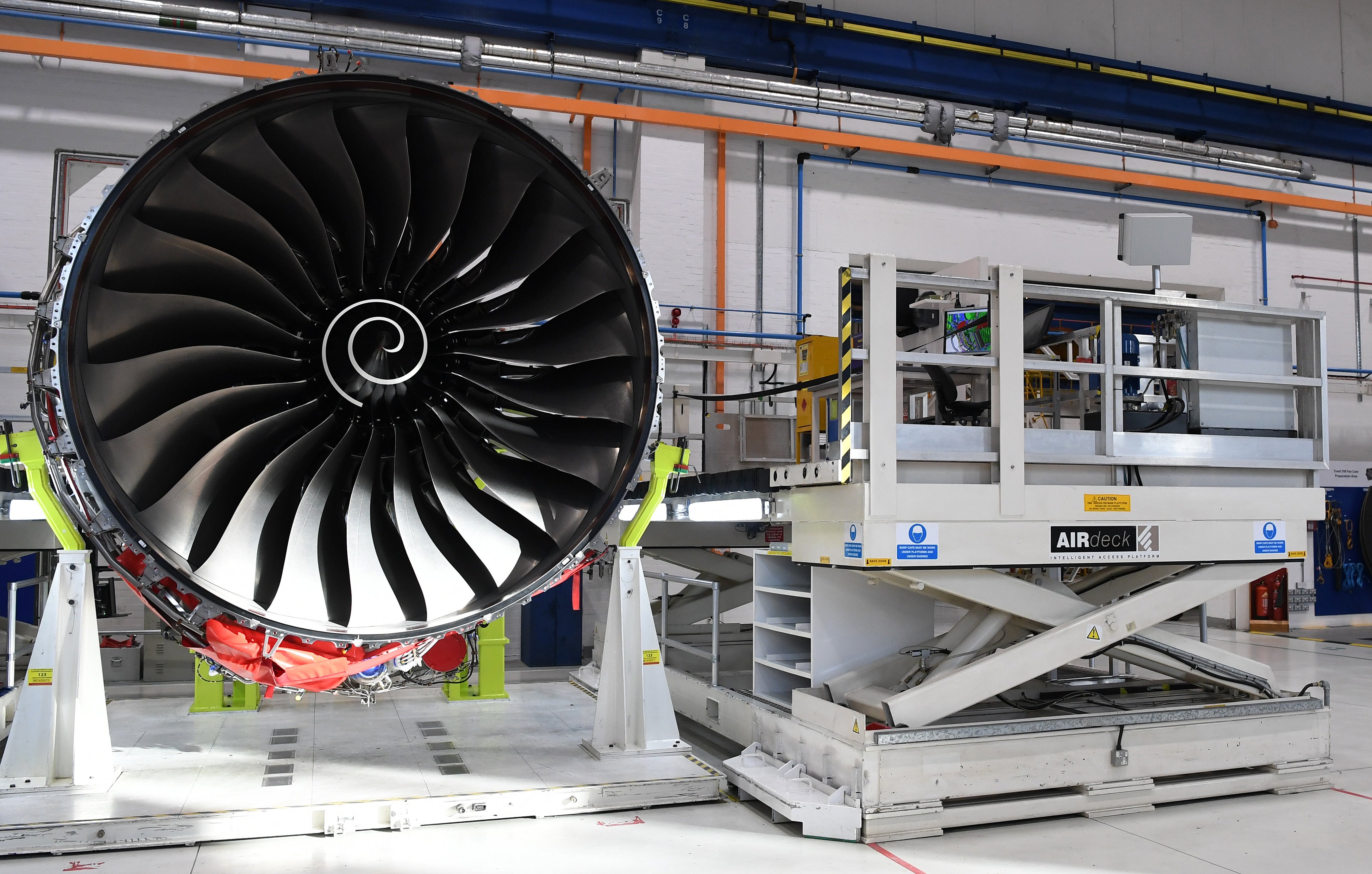Rolls-Royce nears end of jobs cull
The business said in May 2020 that it would slash around 9,000 jobs from its 52,000-strong workforce.

Rolls-Royce has said it will have cut nearly all of the 9,000 jobs it plans to axe by the end of the year as the company tries to stop burning through mountains of cash.
The business said that by the end of 2021, more than 8,500 jobs will have been scrapped, a majority of the figure that was announced 19 months ago by the engineering giant.
“The pace of restructuring (is) running ahead of our original plan and footprint rationalisation continuing through the second half of the year,” the business said on Thursday.
The business parted ways with thousands of its staff in a bid to save around £1.3 billion by the end of next year.
Chief executive Warren East said: “We have achieved good results with our fundamental restructuring programme, as we sustainably reduce costs and deliver a leaner and more efficient company, and are firmly on course to complete our disposals programme.
“We are delivering on the elements within our control and are focused on our commitments.”
But for a business as focused on aviation as Rolls-Royce, many of the things that matter to the company have been far outside its control during the pandemic.
We are investing in the net-zero technologies and solutions that we need across the group to grasp the tremendous commercial opportunity of the global energy transition
One of the key figures that the business tracks is how long its plane engines spend in the sky.
The business makes a loss when it sells the engines, but has long-term servicing contracts on them for which it is paid by the amount of time they spend flying.
At the moment, while they have been slowly rising, large engine flying hours are still half what they were in 2019.
“Large engine flying hours have continued to recover gradually, helped by the reopening of certain key travel corridors, especially the trans-Atlantic routes,” the business said.
“The pace of travel recovery remains uneven as countries around the world look to manage the ongoing challenges of the Covid-19 pandemic.”
Other parts of the business, including its power systems and defence units, have shown more reason for shareholders to be cheerful.
Yet they did not reward the company on Thursday. Shares dipped 3.8% after the news.
The business also said its new all-electric plane is the world’s fastest, hitting speeds of 345mph – more than 100mph quicker than its closest rival.
“We are investing in the net-zero technologies and solutions that we need across the group to grasp the tremendous commercial opportunity of the global energy transition and drive long-term value,” Mr East said.
“This all underpins our strategy of creating a better quality and more balanced business which can deliver significantly improved returns and cash flow into the future.”